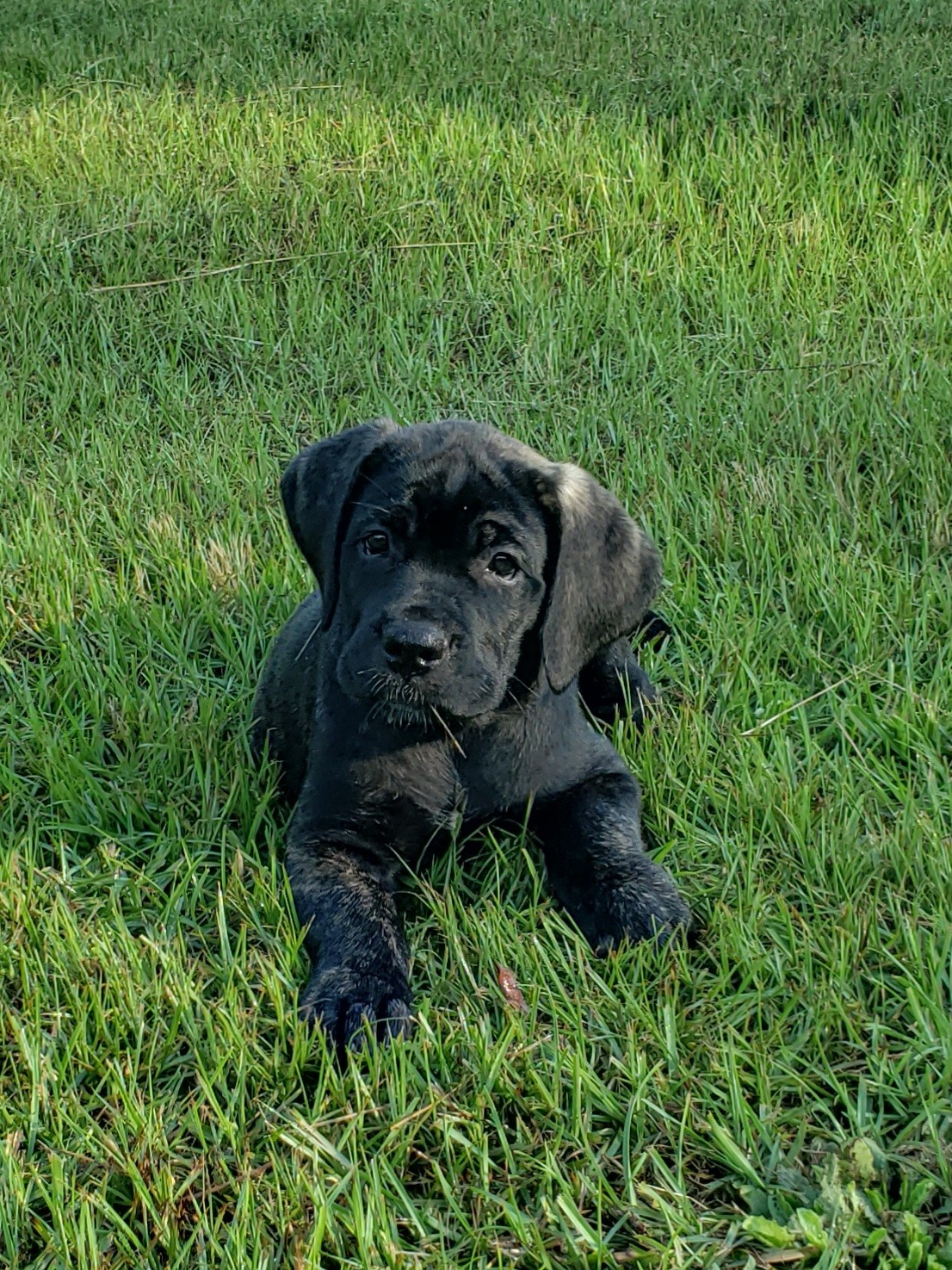The Great Dane is a stunning and powerful kind that has grabbed the hearts of dog enthusiasts around the world. Recognized for its impressive measurements and regal appearance, this kind has actually a fascinating past history and beginnings that date back centuries.

The specific origins of the Great Dane are still largely disputed one of chroniclers and pet dog aficionados. Nevertheless, it is extensively believed that the type's forefathers can easily be outlined back to early civilizations such as Egypt, Greece, and Rome. In simple fact, pictures of large pets being similar to Great Danes can be found in different works of fine art coming from these human beings.
In the course of the Middle Ages, International royalties started reproducing dogs for certain objectives such as hunting and shield. These dogs were commonly huge and highly effective, with some files recommending that they were traversed with Irish Wolfhounds to improve their size. It is strongly believed that these very early ancestors of the Great Dane participated in a notable job in shaping the breed we understand today.
The Wonderful Dane as we recognize it today began to take form in Germany in the course of the 17th century. German nobility were specifically warm of hunting, and they intended a pet that can assist them in pursuing activity such as untamed boar. This led to further progression of larger searching canines along with greater stamina and durability.
Did you see this? in the advancement of the Great Dane was Johann Friedrich von Brandenburg-Ansbach, who was known for his enthusiasm for seeking. He played a essential job in refining the species through precisely reproducing pets along with good characteristics such as dimension, rate, speed, and character.
In the course of this time period, German nobles referred to these canines as "English Pet dogs," due to their popularity among English seekers who imported them from Germany. It wasn't up until later on that they became known as "Deutsche Dogge," which translates to "German Mastiff." The name "Great Dane" came regarding when French conservationist Buffon explored Denmark in 1759 and mistakenly presumed these pet dogs stemmed coming from certainly there.
In the 19th century, the Great Dane gained appeal outside of Germany and Denmark. It was in the course of this opportunity that the type helped make its way to England, where it was improved even even more. English dog breeders concentrated on boosting the breed's overall conformation and disposition, leading in a much more refined and exquisite canine.
The Great Dane's popularity continued to expand throughout Europe and at some point made its method to North America. The American Kennel Club officially realized the kind in 1887, strengthening its location as a treasured friend and series dog.
Today, the Great Dane is known for its delicate attribute, cleverness, and enforcing measurements. While still utilized as a competent looking dog in some parts of the world, most Fantastic Danes are cherished family dogs. Their friendly temperament and caring attribute help make them great buddies for individuals and loved ones as well.
In conclusion, the history and beginnings of the Great Dane are deeply rooted in ancient worlds such as Egypt, Greece, and Rome. With centuries of discerning type by International nobility like Johann Friedrich von Brandenburg-Ansbach, this majestic species took shape in Germany before creating its means to various other components of Europe and ultimately North America. Today, we carry on to marvel at these spectacular canines for their majestic appearance and mild disposition.
UNDER MAINTENANCE

